Wood Care Blog, Kitchen / Dining Room Blog, Workshop Blog
Small wood guide – tannic acid
The benefits of tannic acid are often mentioned in connection with wooden items. In this article, we will explain what this is all about and how we should deal with this ingredient.
What is tannic acid?
Tannic acid is a natural ingredient in wood. Oak wood is the leader in terms of the highest tannic acid content, closely followed by walnut and ash wood.
Why does tannic acid exist?
Tannic acids have many positive properties that not only help trees in nature, but also help us when using wood:
Protection against pests
Fruits containing tannic acid are eaten less often by animals due to their more bitter taste. The oak also protects its vital bark from hungry game.
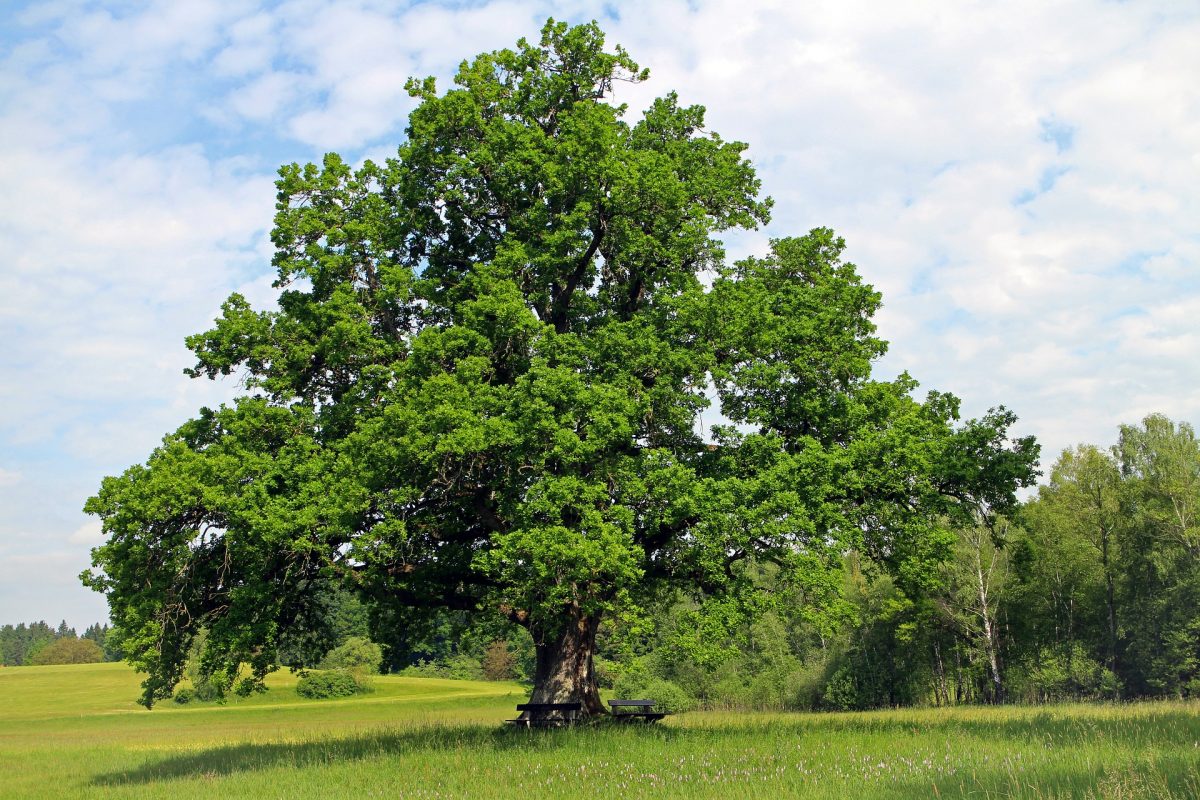
Antibacterial effect of tannins
Wooden cutting boards are much more hygienic than plastic boards due to the tannic acid. The germicidal effect of wooden boards remains even after washing.
Because of its antibacterial and antiviral properties, tannic acid was also used in the tanning of leather, making it durable.
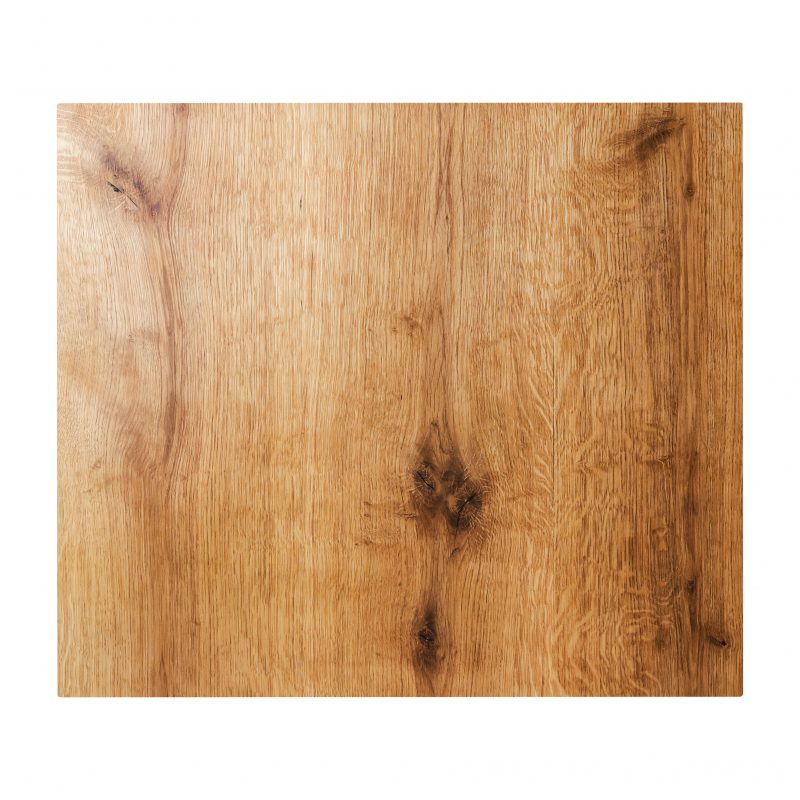
Long durability of wood
The natural preservation and protection from pests provided by tannic acid contributes significantly to the longevity of the wood. This is especially true of oak, whose beams can survive in water for centuries without decaying. Solid wood furniture is naturally protected because it is less likely to be attacked by woodworms or beetles.
Chemical reactions in wood
As soon as wood gets wet, the tannic acid it contains reacts with other materials. A metal can can leave a brown ring on a damp oak table. Or a tea bag that is still wet can leave an ugly stain on the kitchen worktop. This is not dirt, but a chemical reaction. It is therefore always advisable to dry furniture, parquet floors, wooden cutting boards and other everyday wooden objects thoroughly after cleaning.
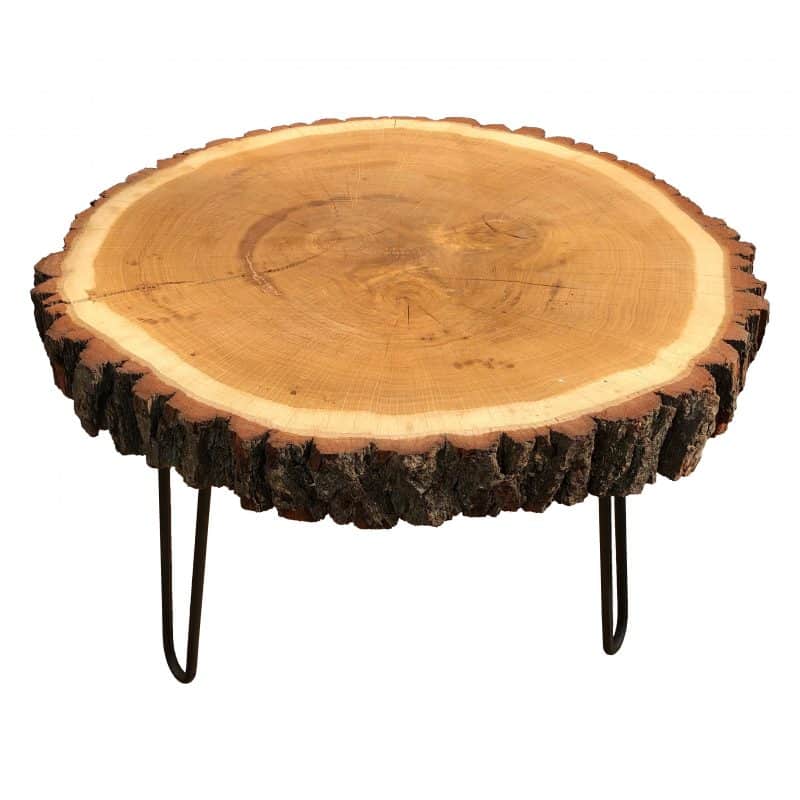
What to do about tannic acid stains?
Of course, it can always happen that you don't think about the consequences of moisture. Special cleaning agents or sprays containing the active ingredient oxalic acid can help here. A gentler way is to wipe with a damp cloth and wood soap - which is generally a suitable solution for gently cleaning oak parquet and solid wood furniture. For localized discoloration, we recommend careful sanding with fine sandpaper and subsequent oiling. You can see how you can do this yourself with your wooden cutting board. here.
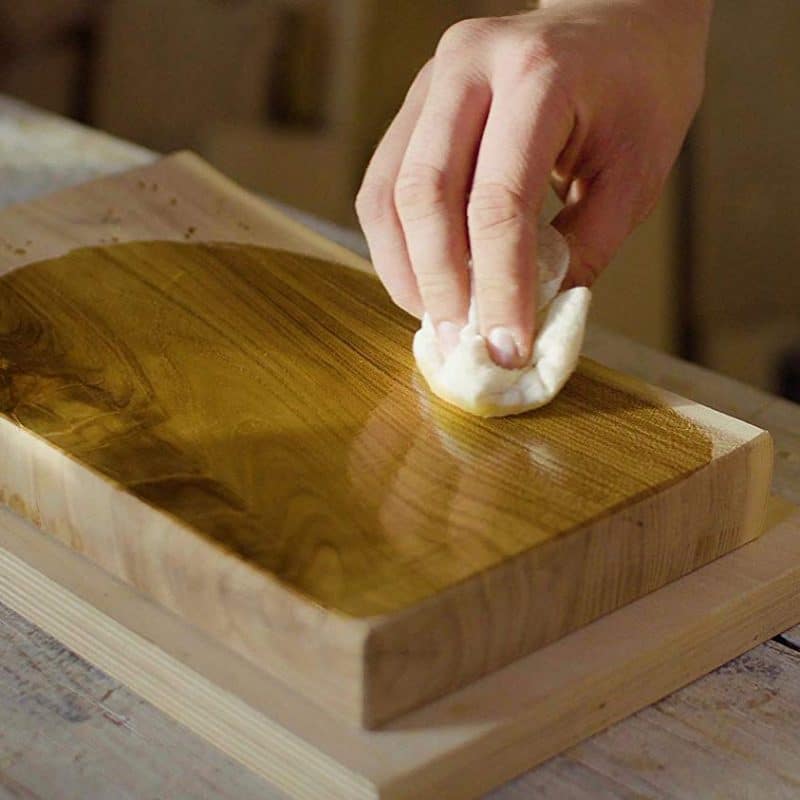
Our tip: Protection for the wood
Well-protected wood is more resistant to stains. The surface of your pieces of wood is best protected when it is finished with natural oil (eg Fornis linseed oil). To keep the oil's effect lasting, you can re-oil it about once a year. This will keep the wood supple and free of stains.
If you are now interested in our wood products, please take a look here around 😊






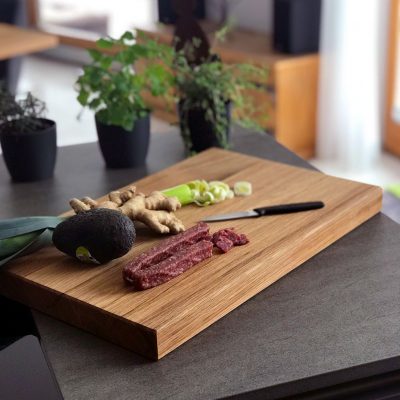


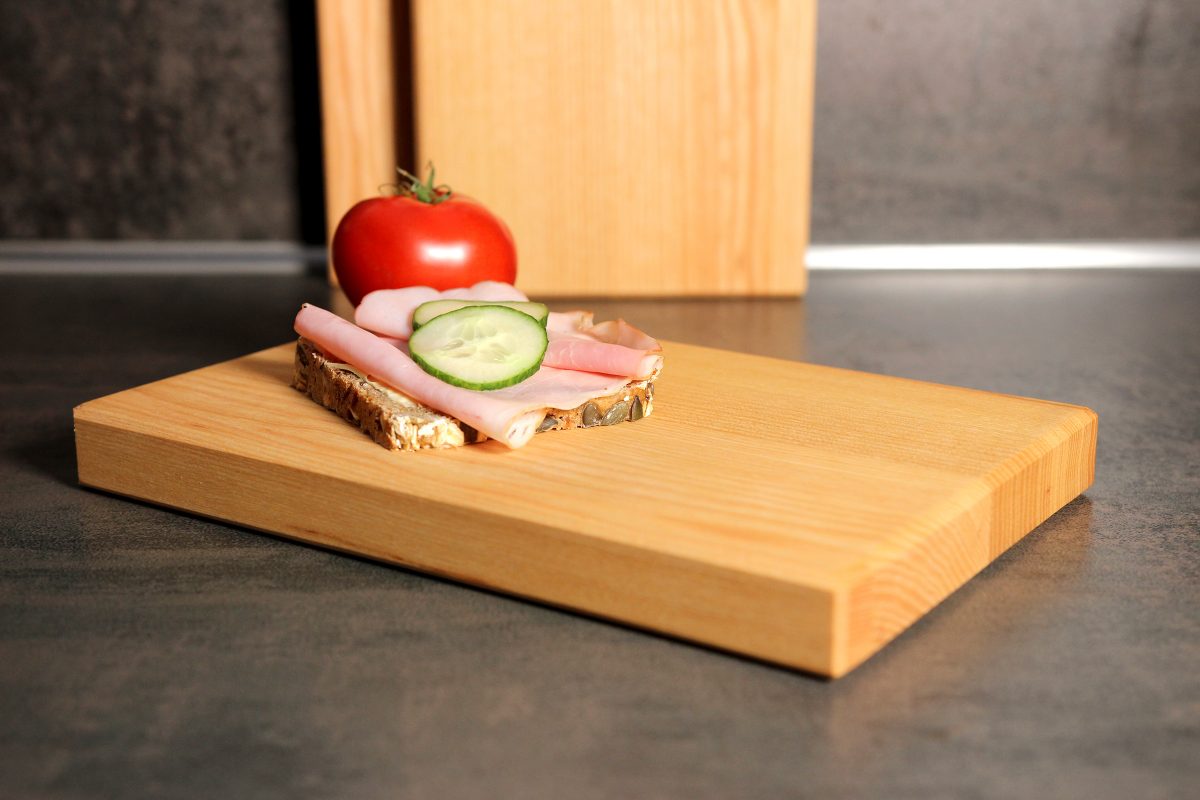
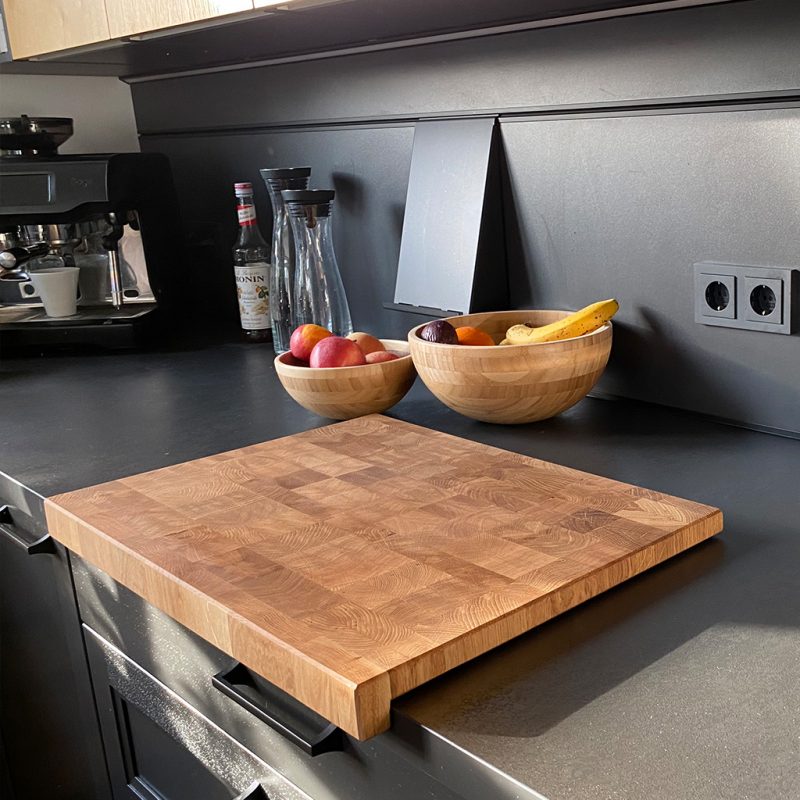
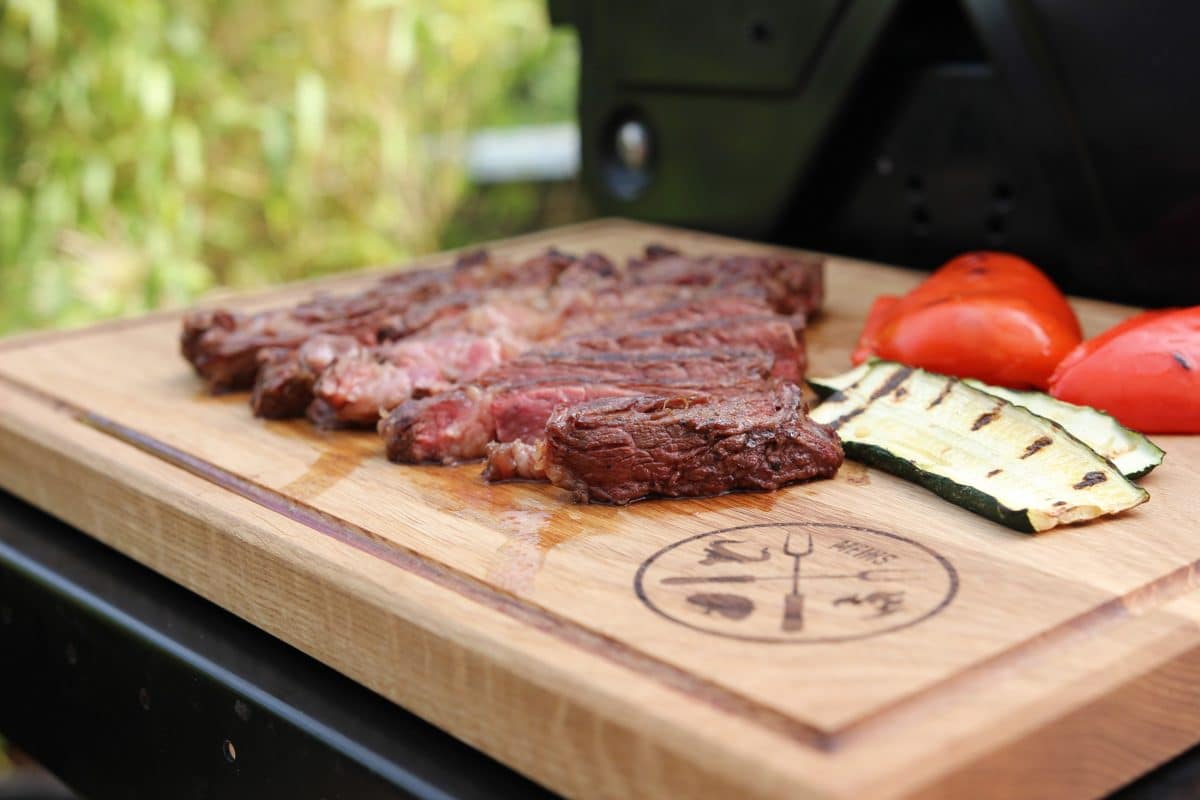




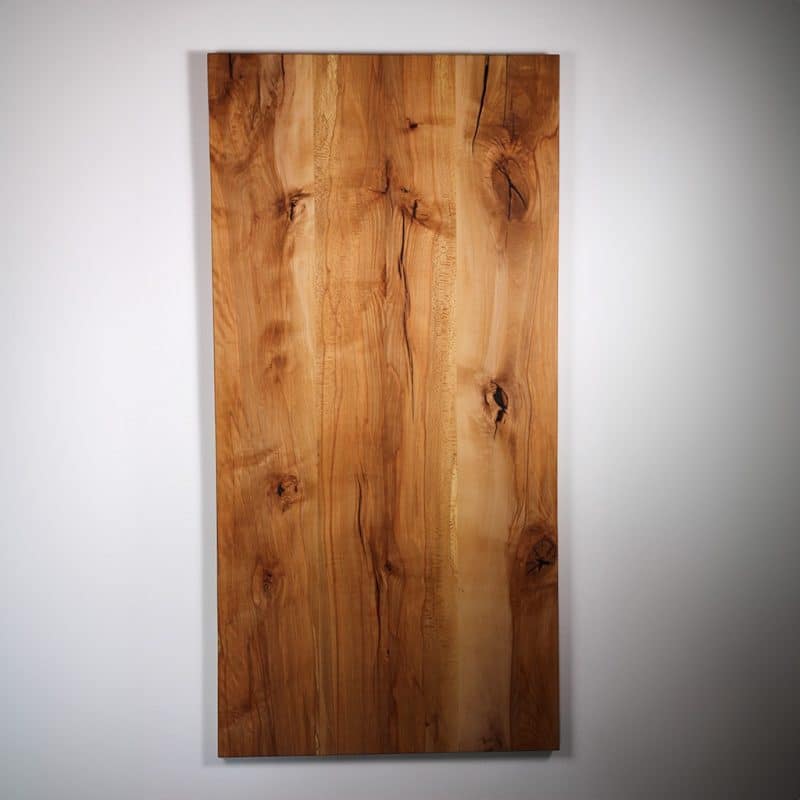














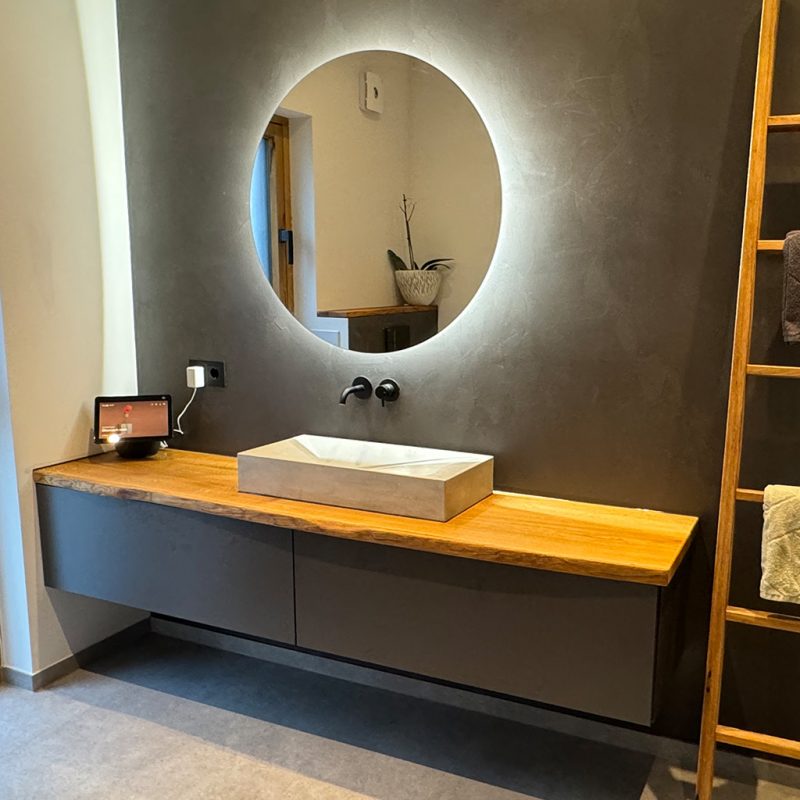




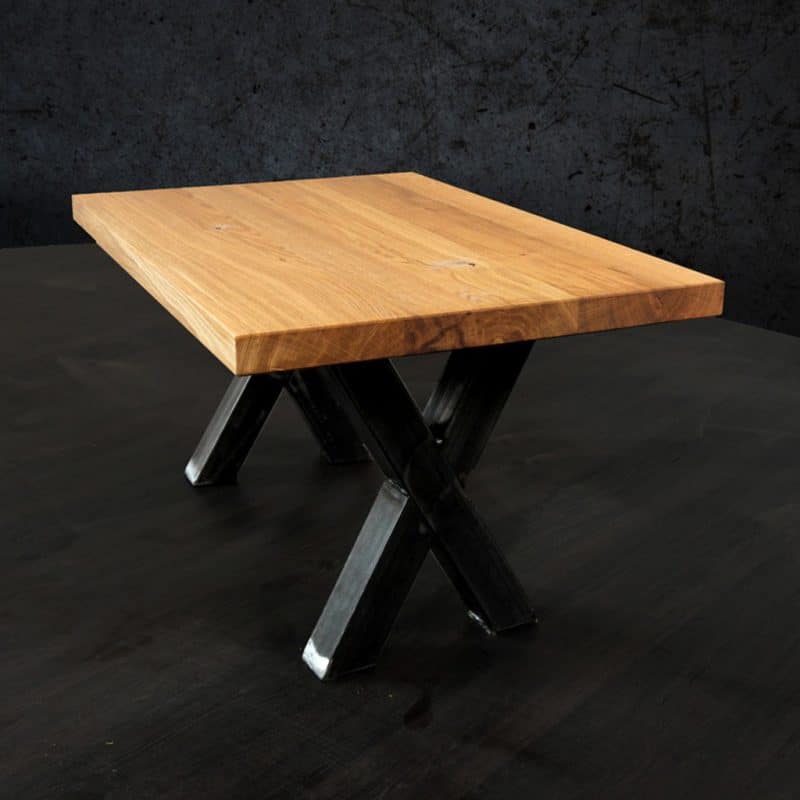
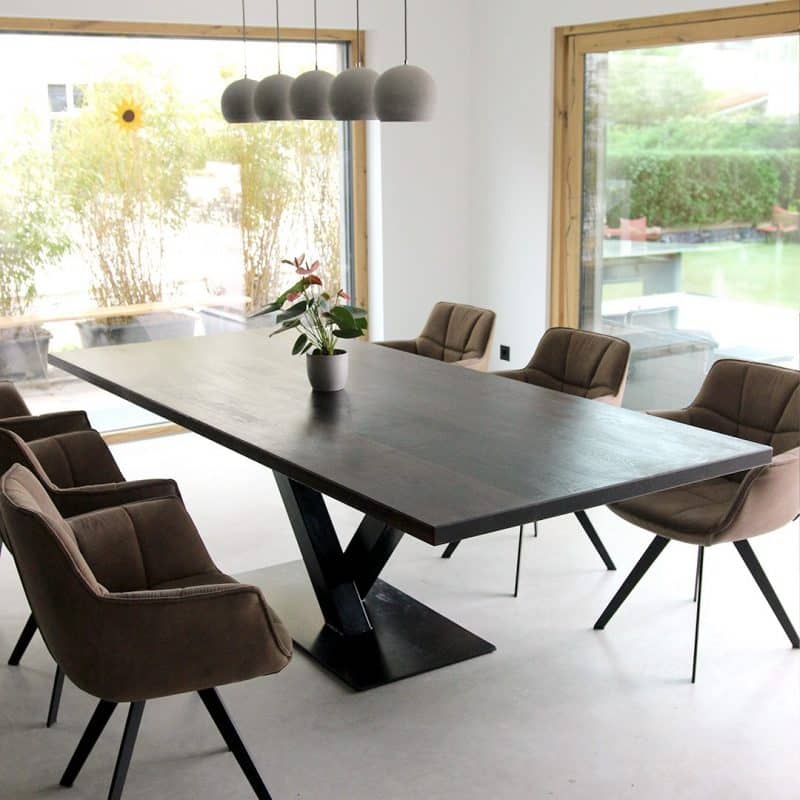
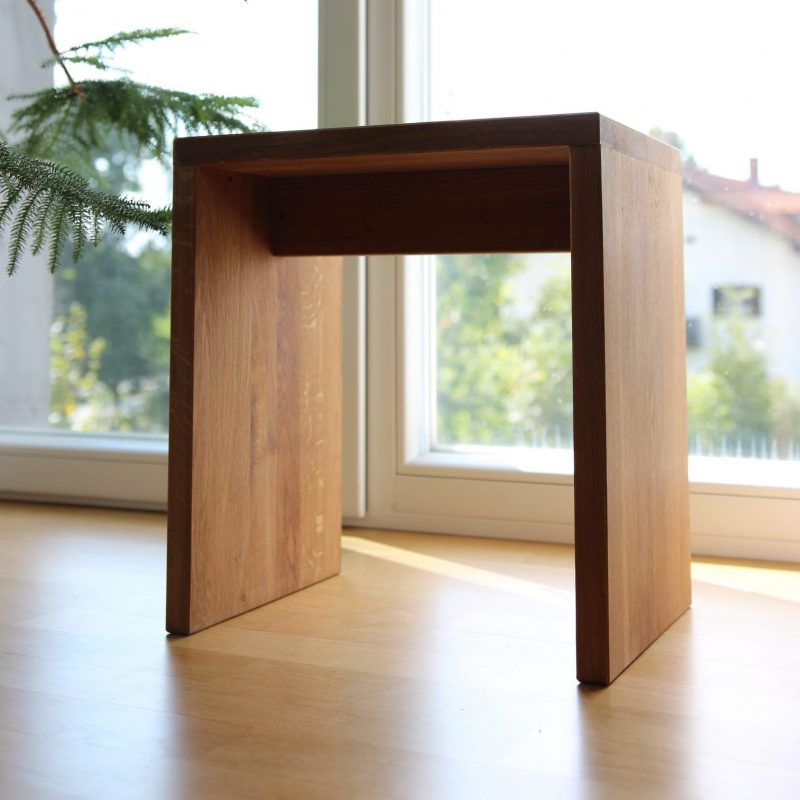


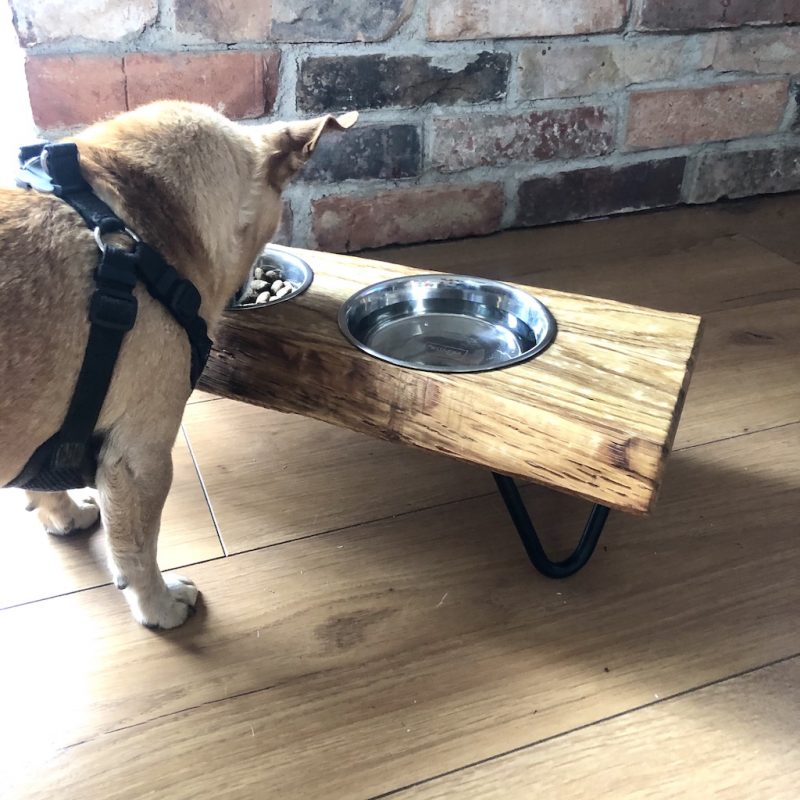



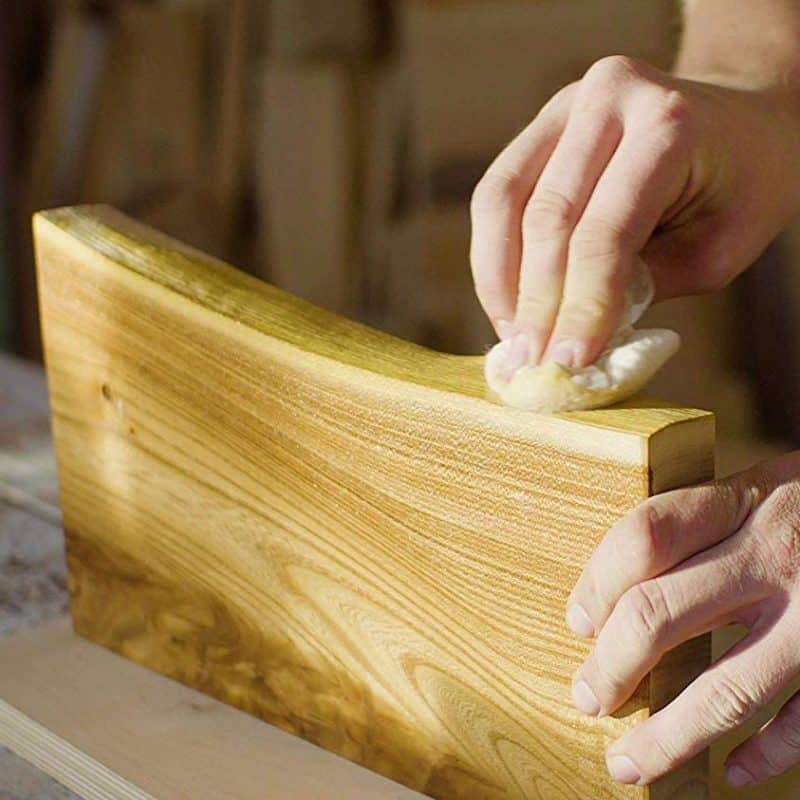




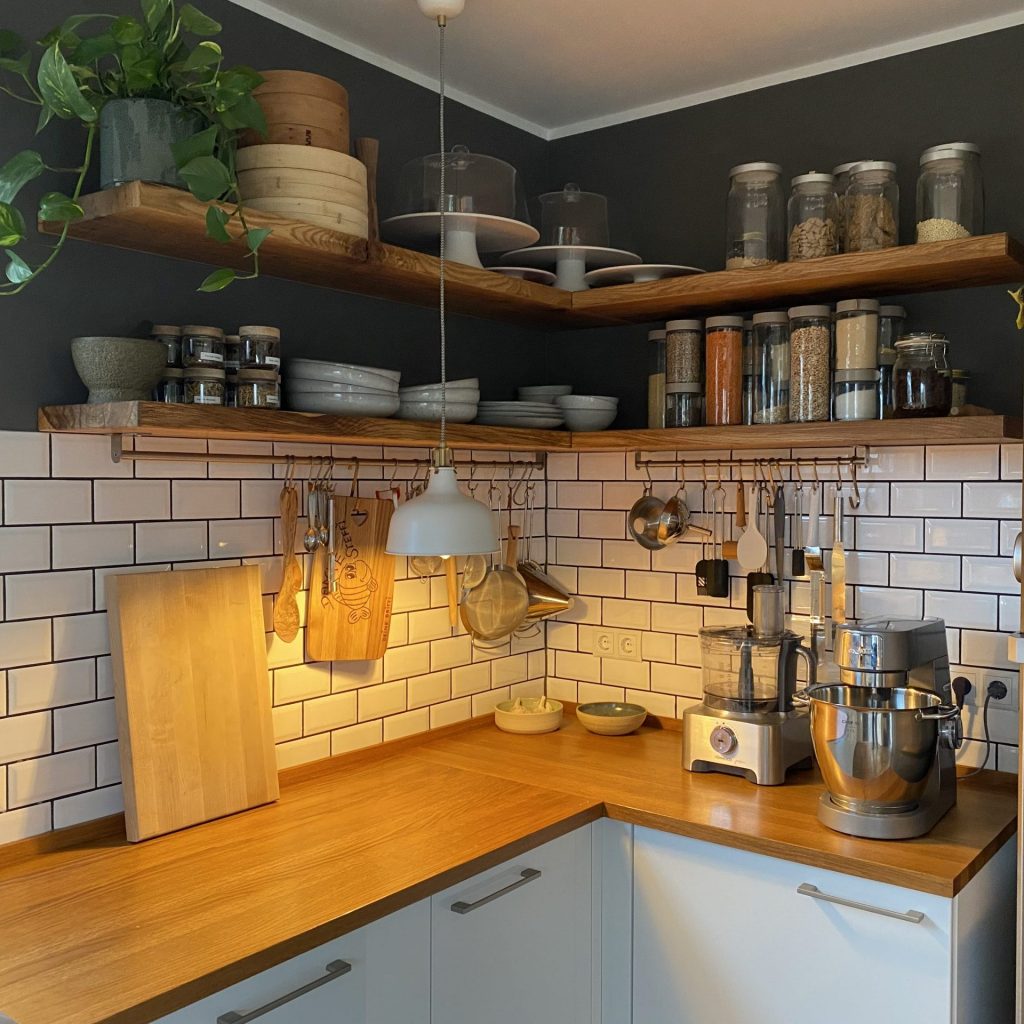
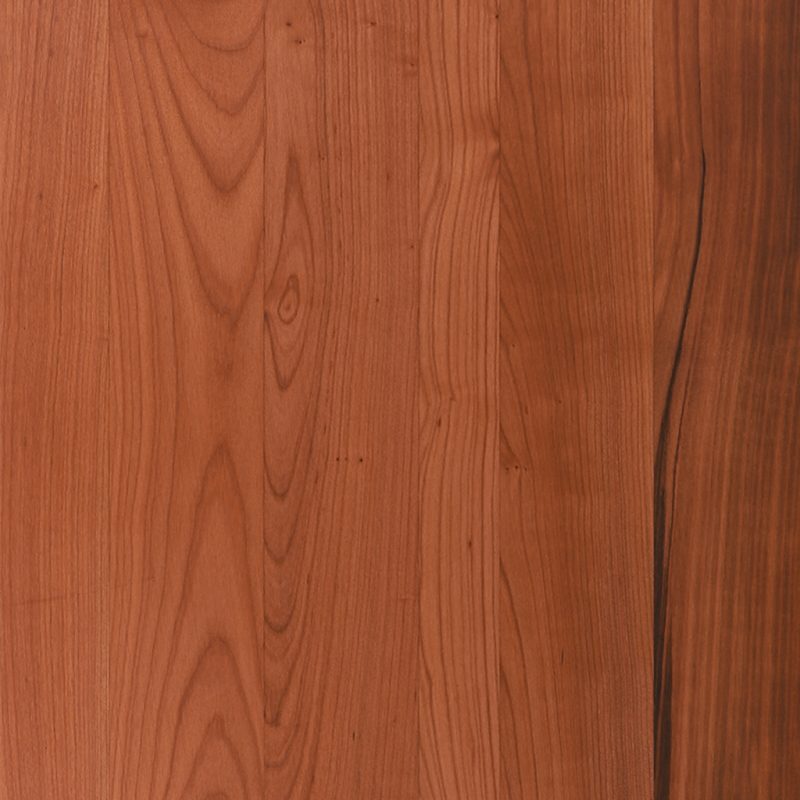

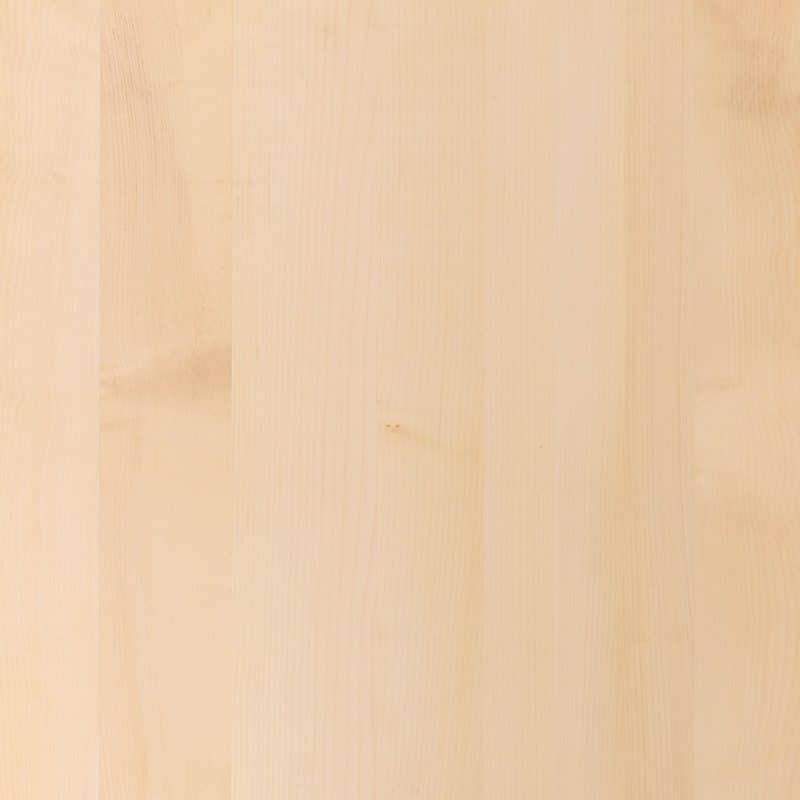
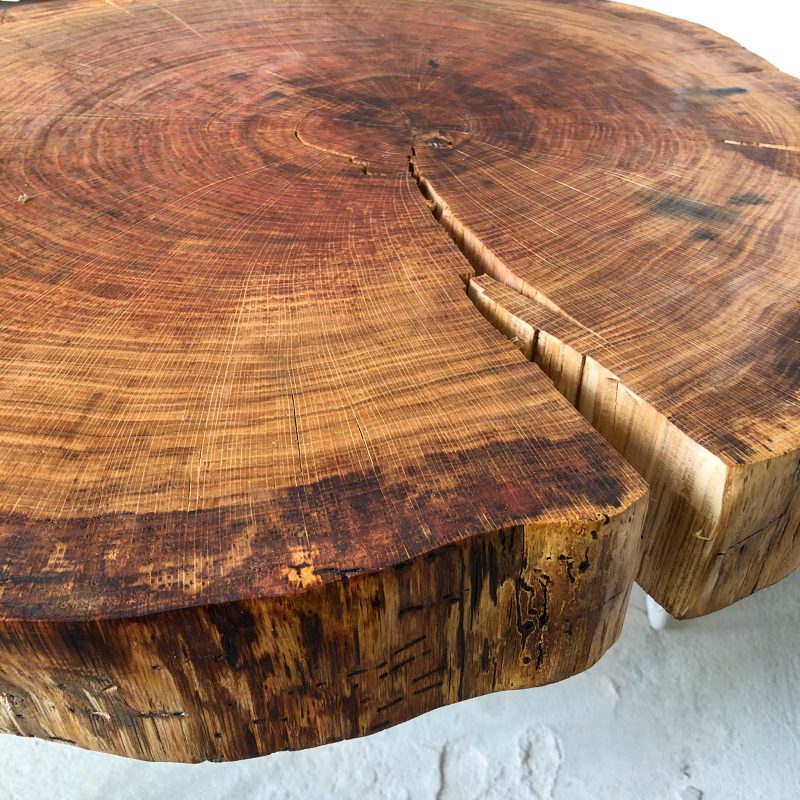
On wood
You can also get rid of white stains like marks from bottles or glass.
Where does the oak wood you use for your cutting boards, baking boards, bread boards and chopping blocks come from?
Hello “wooden favorite” visitors,
Thank you for your message and your question about our wood. We have two “suppliers” for the oak wood. Firstly, our local sawmill in Rott am Inn – the Ametsbichler sawmill (👋 greetings to Franz and the team), as well as the cooperative association of ZEG (Wood wholesaler). The wood that we purchase through wholesalers comes from European forests. The producers are all FSC® or PEFC™ certified. The certificates guarantee that the wood comes from sustainable management and that social standards are adhered to during production.
If you have any further questions, just ask 🙂
Best regards
Mark